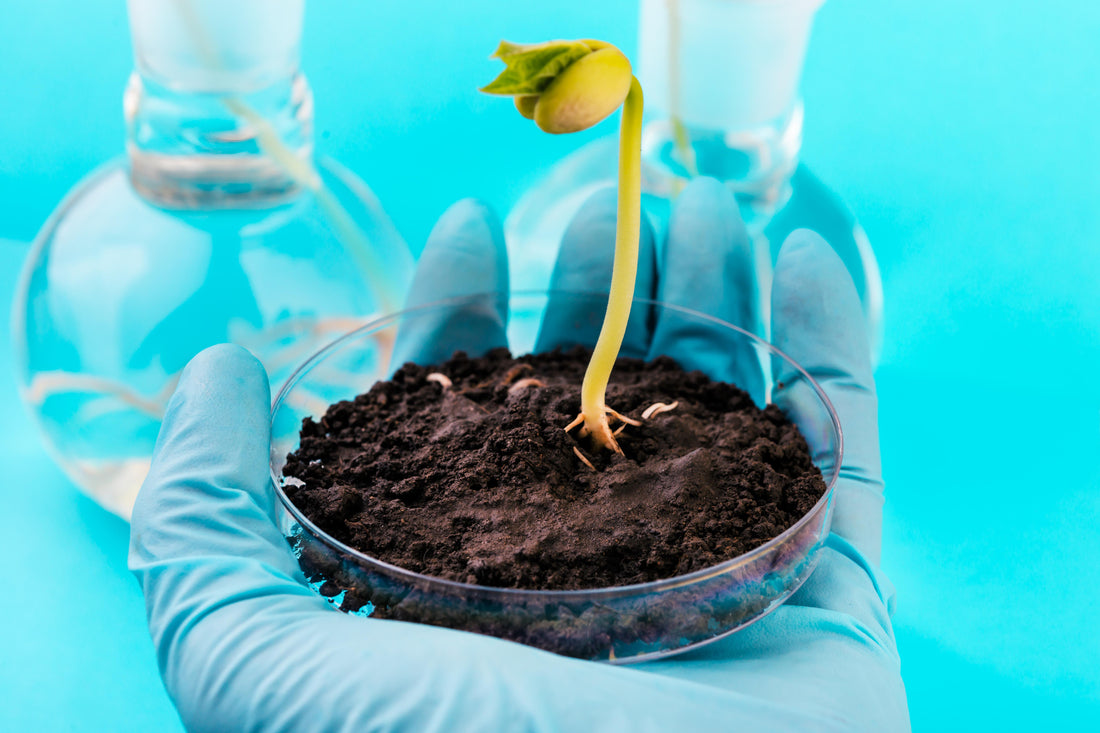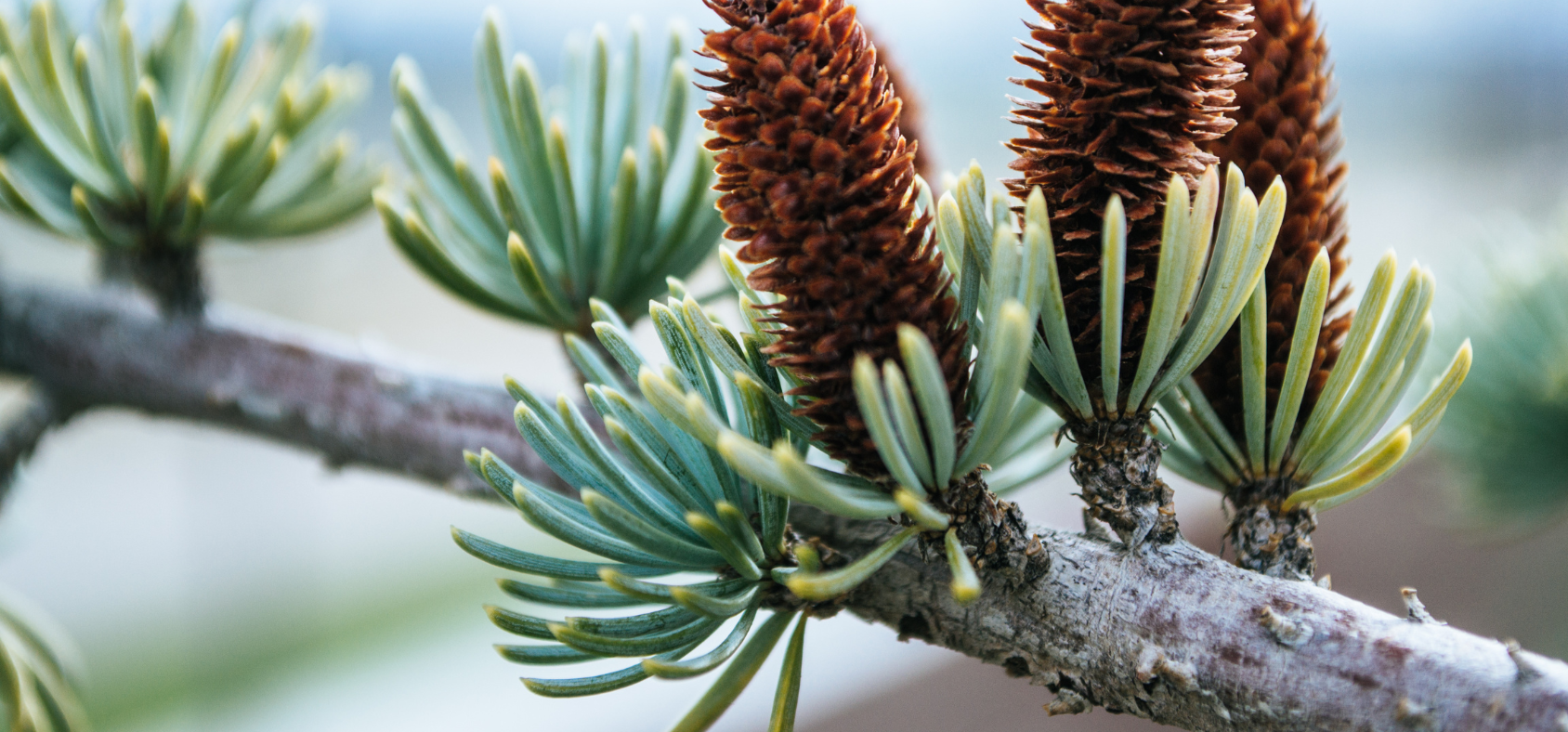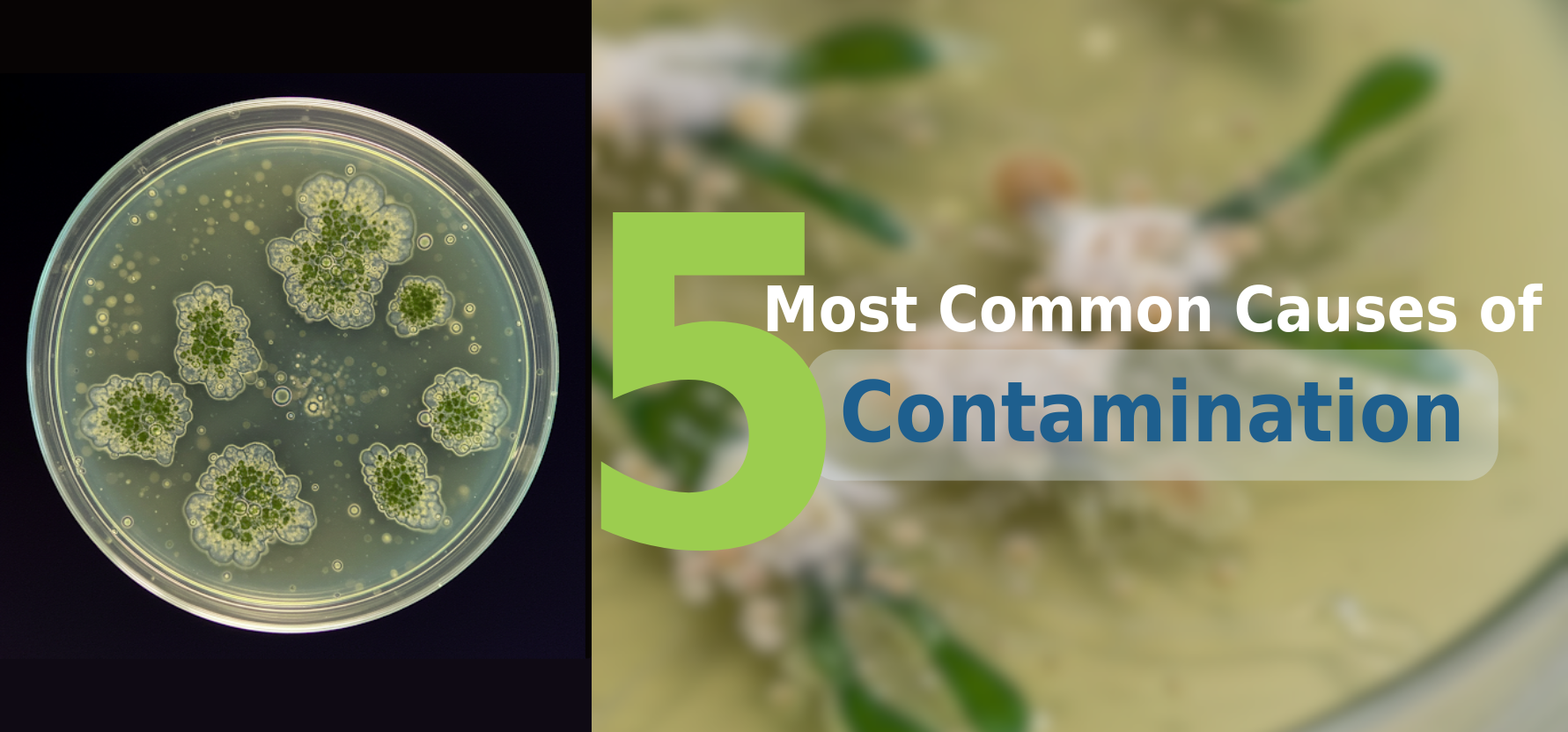
Plant Growth Hormones: Types and Functions (Part-2)

Introduction
Auxin, cytokinin, gibberellins, ethylene, and abscisic acids are five major classes of phytohormones or plant growth hormones. In the first part of the subject, we’ve covered all about these five main classes, from their discovery, types, and roles in regulating metabolic functions of the plants.
Well, plant development is not only dependent on these five growth regulators. There are many other biomolecules that work in harmony for the proper development of plants. It represents the net effect of hormonal balance in plants.
In this article, you will learn about the discovery, structure, and function of brassinosteroids, polyamines, jasmonic acids, salicylic acids, and strigolactones. Let’s begin.
Types of Plant Growth Hormones
-
Brassinosteroids
In the early 1960s, scientists observed that a crude extract of pollen from Brassica napus (rape) induced rapid elongation of P. vulgaris (pinto bean) internodes distinct from GA‐mediated stem elongation. This led to the isolation and identification of brassinolide (BL), which is the first steroidal plant growth regulator.
The number of steroidal compounds isolated from different plant resources is collectively called brassinosteroids. Currently, over 60 steroidal compounds have been known so far. They affect the growth and development of plants at a small concentration and are involved in the regulations of these processes.
- They are required for the fertility of the plants. It has been observed that mutants of brassinosteroids have reduced fertility and delayed senescence.
- They promote ethylene biosynthesis and epinasty.
- They induce increased stem elongation, pollen tube growth, unrolling of grass leaves, and bending of grass leaves at the sheath/blade joints.
- They are involved in proton pump activation, reorientation of cellulose microfibrils, xylogenesis, and enhanced ethylene production.
-
Polyamines
Function of Polyamines
- They stimulate many reactions involved in the synthesis of DNA, RNA, and proteins, and are essential for the growth and development of living cells.
- They elicit diverse physiological responses in plants, including cell division, tuber formation, root initiation, embryogenesis, flower development, fruit ripening, and stress tolerance.
- They are directly or indirectly involved in hydroxycinnamic acid amide accumulation and flowering, seed and fruit development, and hypersensitive responses to viral and fungal infections.
-
Jasmonic acids
In 1971, Jasmonic acids or Jasmonates are methyl ester that was isolated from the culture filtrates of a fungus, Botryodiplodia theobromae, as an inhibitor of plant growth. But, later scientists observed their involvement in several physiological processes of plants. Jasmonic acid is synthesized from linolenic acid.
- It plays an essential role in plant defense. It induces the synthesis of proteinase inhibitors which deter insect feeding. Further, it acts as an intermediate in the response pathway induced by the peptide systemin.
- It plays an important role in plant resistance to insects and necrotrophic pathogens.
- It inhibits many plant processes such as growth and seed germination.
- It promotes senescence, abscission, tuber formation, fruit ripening, pigment formation, and tendril coiling.
- It is essential for the male reproductive development of Arabidopsis.
- It plays a role in coordinating the timing of the growth and development of floral organs.
-
Salicylic Acids
Salicylic acids are better known for their medicinal properties than for their regulatory roles in plants. Since the 4th century BC, people have used plants such as willow, myrtle, poplar, and meadowsweet to relieve pain caused by a variety of conditions, including diseases of the eye, rheumatism, childbirth, and fever. But, it wasn’t until the 19th century when SA and related compounds, such as methyl salicylate, saligenin, and their glycosides were isolated from plants and identified their roles.
Effects of Salicylic acids
- It plays an important role in inducing the production of ‘pathogenesis-related proteins’ to create resistance to pathogens. Further, it is involved in the systemic acquired resistance response (SAR) where a pathogen attack on older leaves induces resistance in younger leaves.
- It’s involved in thermogenesis in Arum flowers and in the flowers of voodoo lily (Sauromatum guttatum).
-
Strigolactones
Strigolactones were first isolated from root exudates of cotton plants, in 1996. But, its role wasn’t determined until later. Structurally, strigols have a characteristic chemical structure, including two lactone rings linked via an enol ether bridge.
- In a symbiotic relationship between plant and Arbuscular Mycorrhizal fungi, strigolactones stimulate branching of fungal hyphae and help plants in obtaining available mineral nutrients, which are particulary nutrients with low mobility such as phosphate.
- They are involved in many aspects of plant development like coordination of growth and architecture of plants according to the availability of nutrients in the soil.
- They regulate root growth and root hair elongation and suppress secondary branching of the shoot.
- They stimulate secondary growth of stem and internode length in a cross-talk with auxin.
- They regulate leaf senescence.
Get the best quality lab-grade plant growth hormones!
Best quality hormones are required for the healthy growth of plants in tissue culture and to get higher output. You can find this nowhere but in the PCT store!
The PCT store has high-quality lab-grade plant growth hormones required in tissue culture experiments. And, that’s not it! It also provides all other chemicals and equipment for your experiments.
So don’t wait up!
Excel in your tissue culture processes by choosing PCT as your partner!
Happy Culturing!

Source: Giphy
Blog Categories
View by Level
Popular Blogs

Can We Grow Wood in a Lab? The Future of Tissue Culture in Forestry
Introduction Wood has long been a cornerstone of human civilization—used for shelter, tools, paper, energy, and countless everyday items. However,...
Read More
The 5 Most Common Causes of Contamination in Tissue Culture Labs
Introduction Scaling up your tissue culture production is impossible if you’re constantly battling contamination. Contamination is one of the biggest...
Read MoreSubscribe to Our Newsletter







Join the conversation
Your email address will not be published. Required fields are marked